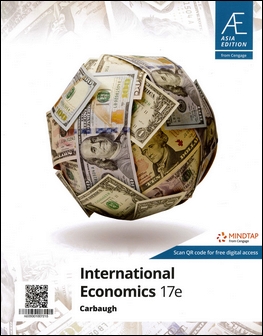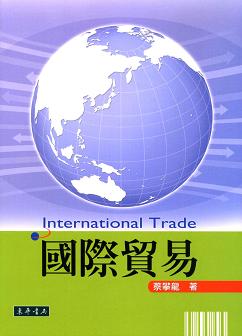書籍分類

International Economics 17/e
作者:Robert Carbaugh
原價:NT$ 1,440
內容介紹 本書特色 目錄 作者介紹
- Overview
Vividly demonstrate the relevance of theory to real economic issues and policy questions using the wealth of contemporary examples and practical applications found in Carbaugh’s popular INTERNATIONAL ECONOMICS, 17E. This market-leading text remains a favorite among students and instructors, like you, for its clear, streamlined treatment of international trade and finance theory. In addition to the latest theoretical developments, this revision offers a strengthened presentation and updated applications. The author clearly presents both written and graphical discussions, making the text understandable even for students with little economics background. A flexible format also makes this book suitable for a wide range of course structures and subjects. As numerous students as well as instructors have discovered, "If it’s clear, concise, and contemporary, it has to be Carbaugh."



